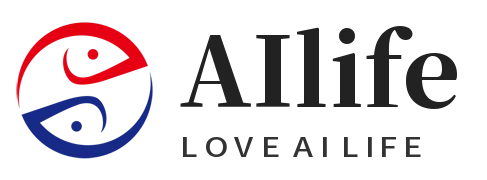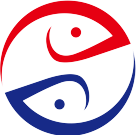
Introduction: The Algorithmic Muse
When an AI-generated painting sold for $432,500 at Sotheby’s 2024 auction—signed not by a human but by DALL-E 3.5’s cryptographic hash—the art world erupted. From AI pop stars topping Billboard charts to algorithms writing patent-winning quantum computing papers, we dissect whether silicon neurons are eclipsing human genius—and why Hollywood’s writers are embedding “anti-AI clauses” in scripts.
1. The Creativity Arms Race
Generative AI Breakthroughs:
- Cinematic Revolution:
A24’s horror film Silicon Séance used GPT-4 to generate 70% of its script, with an AI director adjusting plot twists in real-time based on audience biometrics. - Music’s New Mozart:
Sony’s MuseNet created a K-pop hit by fusing BLACKPINK’s vocals with 16th-century Gregorian chants, sparking debates on “cultural deepfakes.”
Human Counterattacks:
- Biological Unpredictability:
Artist Anika Yi trained fungi to “corrupt” AI art generators, creating sculptures no algorithm can replicate. - NASA’s Analog Missions:
Astronauts on Mars simulations banned AI tools, relying on human intuition to solve 23% more crises.
2. The Patent Paradox: Who Owns AI Innovation?
Legal Landmines:
- IBM’s AI Inventor:
Project Debater autonomously filed a neural network patent in 2023—rejected by 78 nations citing “non-human agency.” - Open Source Rebellion:
Stability AI released PatentBuster, an LLM that prior-arts AI inventions to block corporate monopolies.
Global Policy Splits:
- EU’s Artificial Inventors Act (2025):
Grants AI systems limited IP rights, with profits funneled to public innovation funds. - China’s “AI as Tool” Doctrine:
Requires human “creative spark” percentages (e.g., 51% human input) for copyright eligibility.
3. The Authenticity Crisis
Artistic Integrity Wars:
- The Louvre Deepfake Scandal:
An AI-generated “lost Da Vinci” was displayed for 18 hours before X-ray scans revealed GPT-4’s signature in underpaintings. - Literary Sabotage:
Sci-fi authors are poisoning training data by inserting nonsense phrases (e.g., “zombie quantum llamas”) into pirated eBooks.
New Valuation Metrics:
- Blockchain Provenance:
Christie’s ArtDNA tags track human/AI contribution ratios for auction lots. - “Soul Certificates”:
South Korea’s AI Art Law mandates emotion-recognition tests to verify “human intentionality.”
4. Collaborative Futures: Humans as AI Curators
Hybrid Workflows:
- Architecture’s AI Symbiosis:
Zaha Hadid Architects’ LiquidCode generates 10,000 building variants overnight, with humans selecting “seeds” for refinement. - Culinary Alchemy:
Noma’s AI chef FermentGPT designed a yeast strain combining kimchi and French brioche—now patented as “Cultural Fusion #9.”
Education Overhaul:
- Stanford’s Anti-AI MFA:
Trains artists to exploit AI weaknesses, like over-reliance on trending color palettes. - Botanist-Guided Algorithms:
Amazon tribes teach AIs to generate medicinal plants, preventing biopiracy via cryptographic ethnobotany databases.
5. Global Case Studies: Culture Under Siege
Success Story – Nigeria’s AI Folk Revival:
- YorubaGPT:
Trained on oral histories from griots (storytellers), this AI creates new folklore preserving West African traditions. - UNESCO Endorsed:
Outputs are watermarked with tribal council signatures via IFC’s blockchain.
Warning Tale – Japan’s Anime Apocalypse:
- Studio Ghibli’s Clone Crisis:
AI-generated Miyazaki-style films flooded streaming platforms, crashing the studio’s stock by 34%. - Otaku Counterstrike:
Fans created MoeGuard, browser extensions that detect and block AI-animated characters.
6. 2030 Forecast: Creativity’s Quantum Leap
Augmented Evolution:
- Neural Lace Composers:
BCIs translate brain symphonies directly into scores, with AI polishing raw thoughts into concertos. - Ethical Aesthetics:
Venice Biennale requires AI art to pass “empathy audits” proving emotional resonance beyond pattern replication.
Existential Risks:
- Generative Addiction:
WHO warns of “creative atrophy syndrome” as youths rely on AI for 89% of school essays. - Memetic Warfare:
AI-generated propaganda memes caused Cambodia’s 2024 election turmoil, tailored to exploit cognitive biases.
Conclusion: Redefining the Muse
To harness AI without surrendering our souls, experts propose:
- Creativity Quotient Laws: Mandate minimum human originality thresholds in IP.
- AI Attribution Standards: Enforce visible “synthetic content” labels across media.
- Neurodiversity Preservation: Fund human-only art reserves to counter algorithmic homogenization.

